AI has its benefits, but it can’t replace everything.
As artificial intelligence continues to evolve, it’s raised the question of its capabilities and what it can truly replace.

AI Tools for Planners & CVBs
First things first, let’s look at some AI tools available to meeting planners and CVBs.
Chatbots
Chatbots are an AI tool being used in the meetings industry to save planners and CVB sales teams time by answering an influx of questions on websites and apps. Skift Meeting’s “Event App Bible” explains how the chatbot’s AI can analyze users’ searches to get an understanding of what they want to know and make predictions to provide more relevant results, improving user experience. Visit Indy is a use case for this technology. Drift powers the organization’s “Indy Concierge” chatbot and provides an additional touchpoint for planners on their site.
Wordly
This translation platform is, at its core, an inclusivity tool. Wordly has been shown to be advantageous for meeting and event organizers planning for diverse, international and cross-cultural groups, where attendees have varied backgrounds and come together from different parts of the world. Everything from sign language translation to live translation is available from this technology.
Project SPARK
PCMA collaborated with event technology provider Gevme to create Project SPARK, which launched in May. For planners, the functionality of SPARK is promising: “Your personal AI event concierge for content creation and brainstorming.” So, how is this technology an outlier among large language models (LLMs)? It was designed to leverage multiple LLMs but be “fine-tuned” for the events industry. Routine tasks like content generation, repurposing, brainstorming and analyzing legal documents can be accomplished through a centralized platform. In contrast to the general-purpose LLMs, SPARK boasts that it is tailored to the particular needs of event planners.

CVB Benefits
The good news: More than half of meeting planners consider CVBs very important to the meetings industry and see them as becoming even more vital to the industry in the future, according to research conducted by Destination Analysts and Destinations International.
Human Touch
CVBs/DMOs know it best: “Personalized attention to things that can’t be communicated in a check box. Tools can be very restricting. Unmeasurable variables are not necessarily taken into consideration,” writes Québec City Business Destination for Skift Meetings.
It’s crucial to remind planners that CVBs, in the words of Destinations International, are the “truest of destination influencers.” Your CVB can provide guided expertise from where to book to what to do. (Just try asking AI the same question asked to a DMO sales team member!) You have a list of connections that can help planners incorporate your destination’s spirit into their events, create a sense of place through local thought leaders and shape a space that provides a sense of belonging for all. For example, Choose Chicago’s Connecting to Chicago program directly connects planners with the city’s intellectual capital — from its civic and corporate communities to leaders from nationally-ranked institutions and Fortune 500 companies — to extend the destination’s value to attendees.
Bottom line: You can’t build a relationship with a chatbot. But you can with a person.
Specialized CVB Services
Some planners may be comparing AI tools to CVB services, looking for the benefits and distinctions between the two. One critical thing to remind clients and potential clients is that your CVB not only offers comprehensive services but attendee promotion services for free or at a minimal charge. Planners can do a lot more attendee marketing than they’d ever be able to do on their own or with an AI tool.

CVB Websites & AI: A Strategy, Not a Replacement
One of the things we learned from Destinations International 2023 Annual Convention is that organizations need to embrace AI; these tools can make us better. It can be used to jumpstart an RFP. But it can be unreliable and provide misinformation.
By going straight to your CVB’s website, meeting planners will be sure to get the latest updated and factually correct meeting facility and accommodation specs for the destination — like the number of hotel rooms available to be blocked for an event.
Planners can also discover a destination’s hidden gems on your CVB’s website. For example, the Daytona Beach Area CVB team provides a local’s perspective, sharing the top group experiences and activities that planners can draw inspiration from. As a cyberspace resident, AI wouldn’t be able to give the same insights.
Planners also tell us that the virtual tools on CVB websites — like an online walking tour of a venue — can be a great reference point when planning.
Knowing what tools are out there and how planners use them can fuel your website strategies. Use this knowledge of technology and planning behaviors to reveal how your site stacks up. Ask things like:
- Does our site provide information in an engaging way?
- Are you relaying that your services are irreplaceable?
- Are their trust indicators throughout? Proof of life? Testimonials?
- Does your website remove barriers and make it easy to plan?
- Your brand is something that belongs to you. Is it represented? Is the copy worth reading? Is the imagery something they’ll ogle?
The Verdict
Our takeaway: CVBs are visionaries and an irreplaceable resource for meeting planners; they possess an EI that AI can’t emulate. AI can be a great tool to supplement your strategies, but they’re not replacements for each other.
Learning about these tools that help with the daunting parts of the B2B process (on the buyer and seller sides) is exciting. And knowing what planners are using AI for can only help CVB teams provide more customized, innovative and high-touch solutions.




